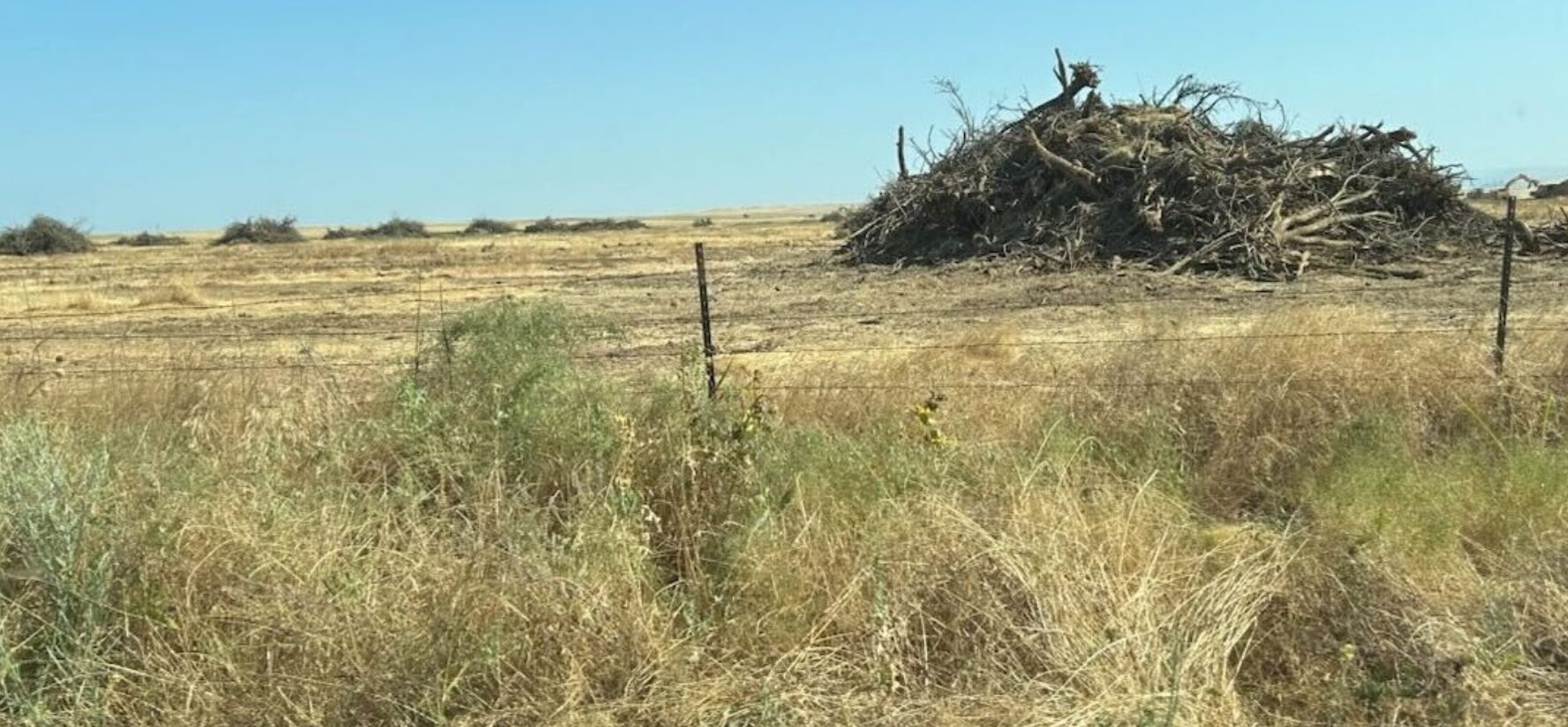Key Takeaways
- California’s ban on open agricultural burning starting January 2025 creates a crisis for managing agricultural biomass waste.
- A portfolio approach focusing on decentralization, co-location, economic realism, and regulatory clarity is essential for effective waste management.
- Transforming biomass from a liability into a valuable resource can enhance California’s agricultural sustainability and resilience against climate change.
Understanding the Agricultural Biomass Challenge
Farmers in California are facing significant challenges regarding the disposal of woody debris—such as branches and nutshells—from their operations. Traditionally, burning was the go-to solution, but by January 2025, open agricultural burning will be banned in the San Joaquin Valley. Compounding the issue, the biomass energy sector has declined, with many plants shutting down due to competition from cheaper solar and wind energy sources.
The central issue is not a lack of innovative ideas but rather the absence of a cohesive framework to integrate these ideas into practical applications that address the unique challenges of modern agriculture. California’s agricultural landscape is too diverse—with over 400 commodities grown—to implement a one-size-fits-all solution. Solutions must be tailored to the specific regional needs, capacities, and economic conditions.
A Path Forward
To effectively tackle the agricultural biomass crisis, a multifaceted approach is necessary, built on four key principles:
-
Decentralization: The traditional model of large biomass energy plants is fading, as they struggle to compete on cost and innovation. Future solutions should focus on smaller, modular technologies, like mobile pyrolysis units and onsite digesters, which offer flexibility and adaptability to various farming environments.
-
Co-location: Viewing woody biomass as a valuable resource, rather than waste, can change the economic landscape. Processing biomass close to where it is generated reduces transportation costs and emissions while creating local economic ecosystems. Regional hubs for biomass could allow farmers to drop off their debris for reprocessing into biochar, compost, or renewable fuels.
-
Economic Realism: Current biomass initiatives often place a financial burden on farmers, requiring them to pay for waste removal, then again for the byproducts. Solutions must balance costs and incentives, providing price supports and carbon credits, and ensuring that not only farmers, but also food companies and municipalities, contribute to financial sustainability.
- Regulatory Clarity: California has a complex regulatory environment hampering innovation in biomass management. A streamlined permitting process that consolidates regulations and offers exemptions for small-scale, low-impact projects is needed to accelerate the adoption of new solutions.
The Bigger Picture
The agricultural biomass challenge extends beyond waste management; it is a crucial element of rural resilience and climate strategy. With the right tools and strategies, agricultural wastes can be transformed into valuable resources that help combat climate change. This transformation will require a coordinated effort at the state level, including policies that integrate agriculture, energy, and waste management, as well as funding for innovative projects.
Currently viewed as a liability, agricultural biomass has the potential to become one of California’s key assets in addressing climate challenges. Success will not rely on a singular breakthrough, but rather on a diverse array of solutions that work together effectively. The future of California’s agriculture hinges not just on what is grown, but significantly on how leftover materials are managed.
The content above is a summary. For more details, see the source article.















